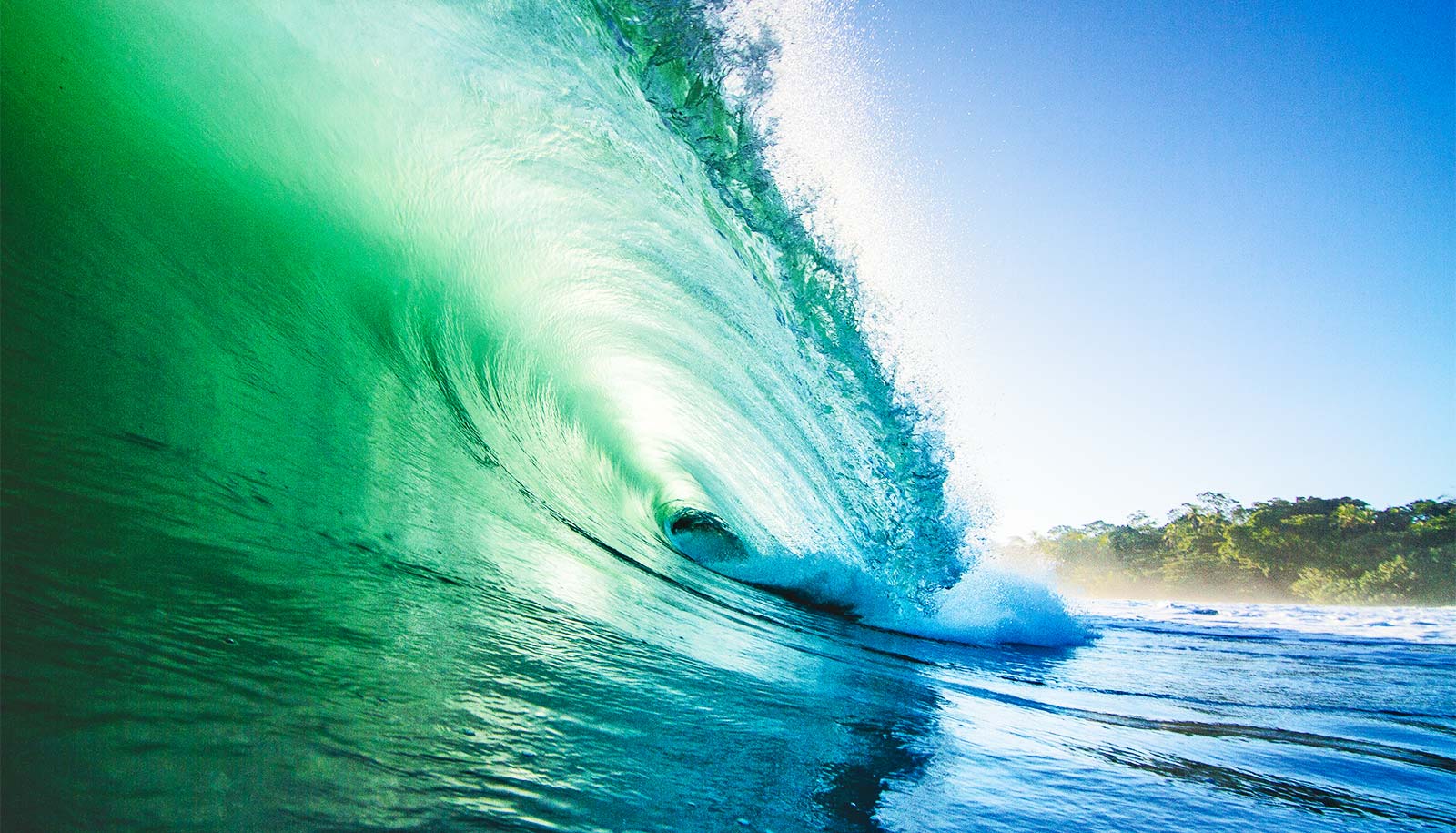Researchers have found at least eight occurrences of iron penetrating the Pacific Ocean, with each occurrence likely associated with global climate change over thousands of years.
…some researchers think that by seeding the ocean with iron, we can capture large amounts of carbon dioxide gas from the atmosphere.
To reach their findings, the team examined ocean sediment cores and found that over the past 100,000 years, at least 8 “pulses” of iron have penetrated the eastern equatorial Pacific. The iron came in the form of dust blown into the ocean during the last glacial period 71,000 to 14,000 years ago.
Each pulse of iron into the Pacific almost certainly resulted in some sort of climate change event that affected temperatures, their findings show.
“Dust was blown into the ocean, and much of this dust contained iron,” explains Franco Marcantonio, a professor in the geology and geophysics department of the Texas A&M University College of Geosciences.
“Some of the dust dissolved and released iron to the surface waters of the ocean. Each time the dust and iron were added to the surface ocean, we found that there was a corresponding pulse of algae growth. The timing of the pulses is associated with cooler temperatures in the northern hemisphere.
“The connection to carbon dioxide levels is not clear,” he adds, “but we do raise the provocative idea that the last time global carbon dioxide levels were rising in the past, adding iron to the equatorial Pacific Ocean may have acted to lower these levels to some extent.”
He notes that some researchers think that by seeding the ocean with iron, we can capture large amounts of carbon dioxide gas from the atmosphere. Carbon dioxide is a potent greenhouse gas which makes the atmosphere warmer—the more carbon dioxide in the atmosphere, the warmer it is, and the less carbon dioxide in the atmosphere the colder it is.
What climate change means for northern, colder cities
“What does iron have to do with the amount of carbon dioxide in the atmosphere? Plants need trace amounts of iron to photosynthesize,” Marcantonio says.
“So adding iron to the oceans would fertilize the growth of algae. The algae would absorb more atmospheric carbon dioxide from the atmosphere and then sink to the seafloor when they die.
“If a lot of atmospheric carbon dioxide is absorbed and removed from the atmosphere by algae and then transported to the deep ocean, then the atmosphere should theoretically stop warming and get cooler.”
Their research gives us more clues about past climate change events on Earth and the impacts these have had through time.
Enzyme speeds how ocean locks away carbon
The National Science Foundation and the Jane and R. Ken Williams ’45 Chair in Ocean Drilling Science, Technology and Education funded the research.
Additional researchers contributing to the work are from the University of Connecticut, Oregon State University, and Old Dominion University.
The research appears in the journal Nature Geoscience.
Source: Texas A&M University



